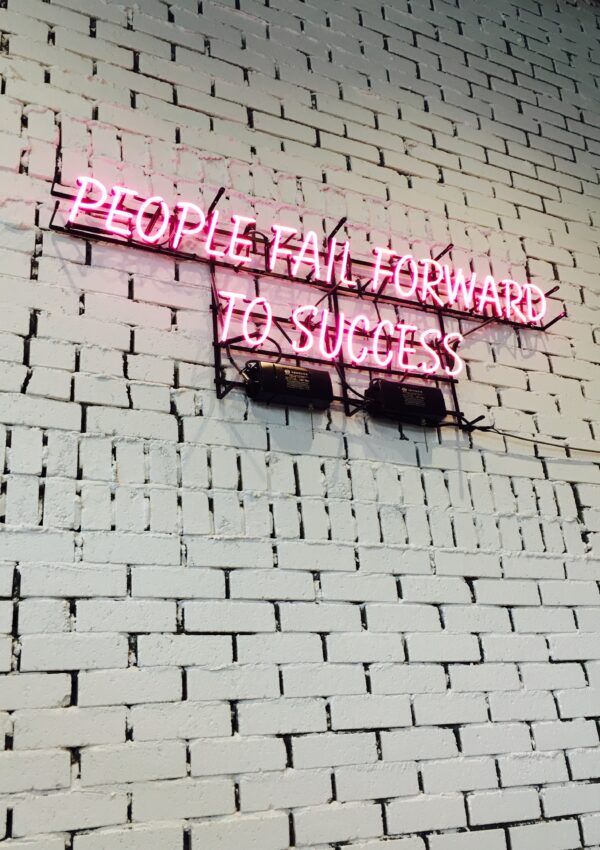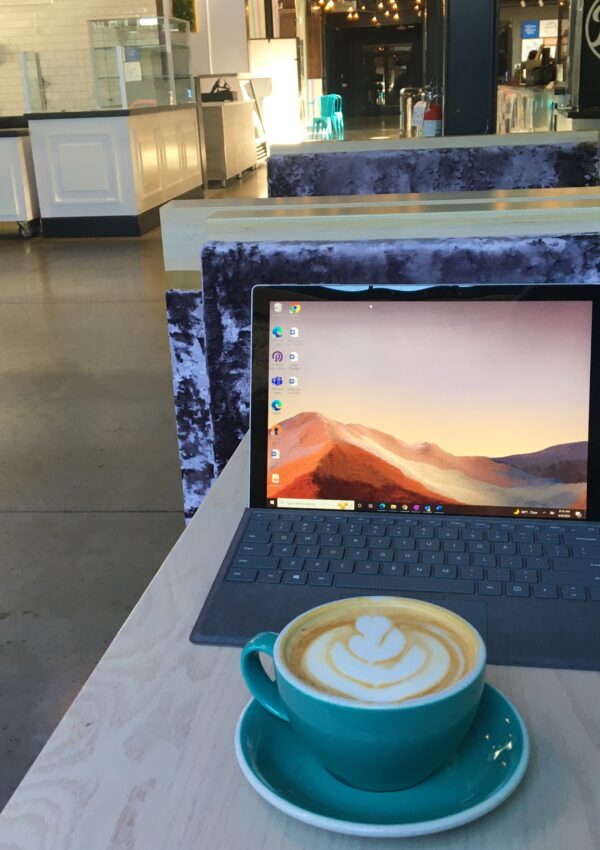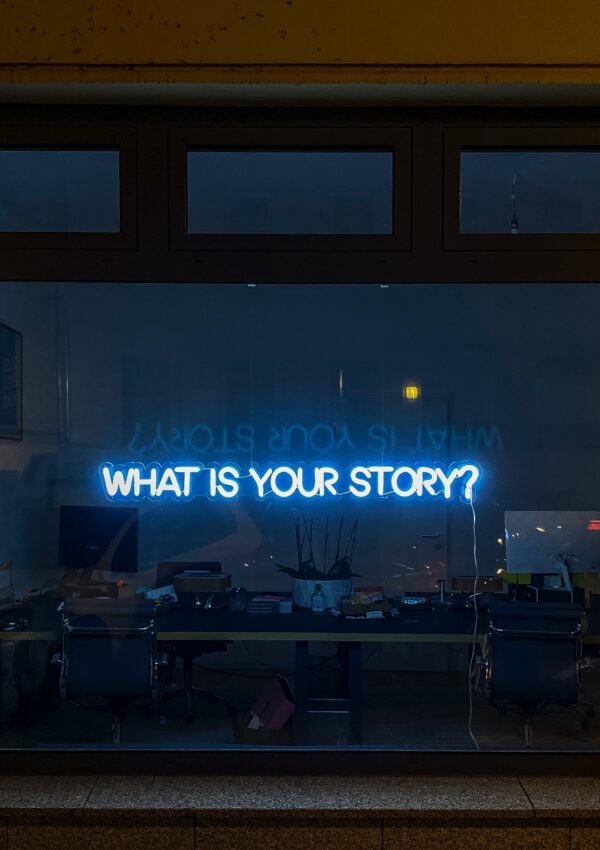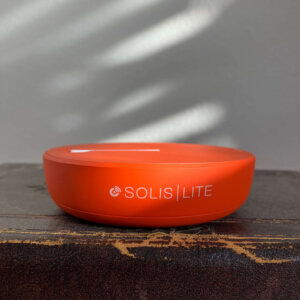Something I can’t stop talking about lately is the Netflix docuseries Live to be a 100: Secrets of the Blue Zones.
Living a long, healthy, and fulfilled life that not only excels in years lived, but also in the quality of life lived is utterly fascinating. Needless to say, I can’t get away from discussing the findings of the show with everyone I know.
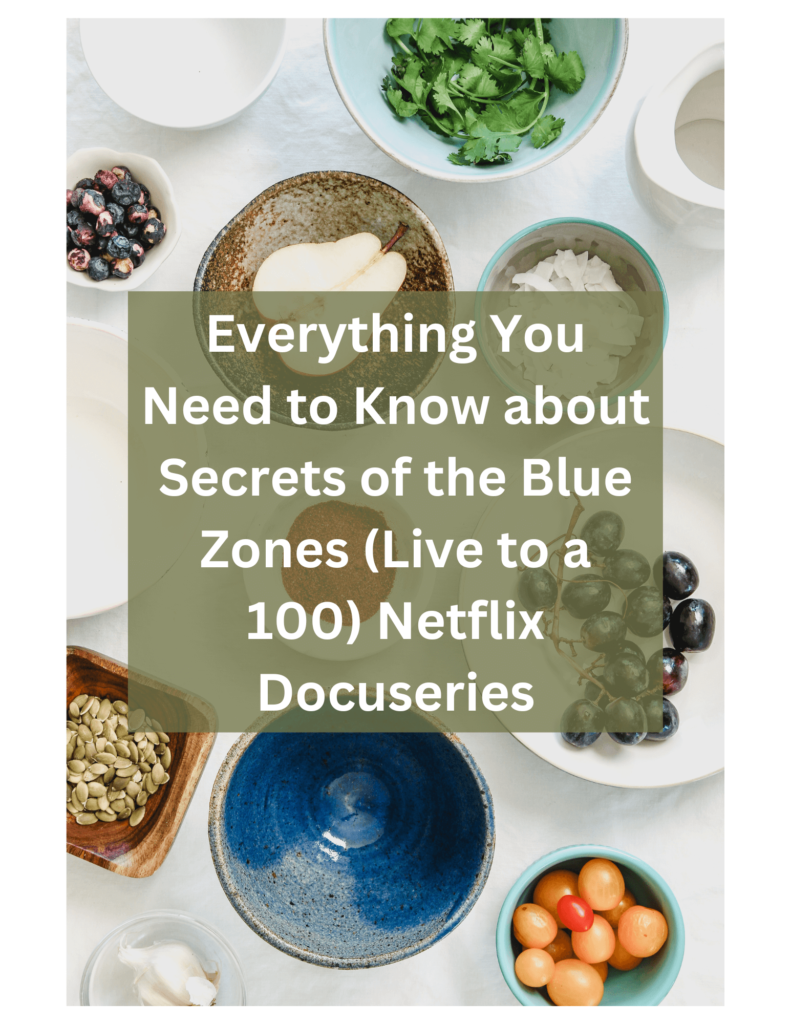
Where are the Blue Zones in the World?
The show focuses on 6 different regions that are home to the most centenarians per capita in the world, including Okinawa, Japan, Nicoya, Costa Rica, Ikaria, Greece, Sardinia, Italy, Loma Linda, California, and Singapore.
In the docuseries, host, journalist, and Guinness World Record holder, Dan Buettner, conducts a deep dive at each Blue Zone and uncovers the commonalities and surprising simplicities of the long and healthy lives lived in these areas of the world.
A centenarian is a person who is 100 years old or more. A Blue Zone is a section of the world that hosts a disproportionate amount of centenarians. The term ‘Blue Zone’ came about when one of the earliest longevity researchers started marking his map with a blue pen when he discovered centenarians. The ink blots grew larger as he discovered some areas where centenarians were more common. Thus the term, Blue Zone.
Secret #1: Daily Natural Movement
Daily movement that is naturally occurring and not just an hour at the gym every day.
The centenarians in the Blue Zones were consistently out and about daily, multiple times a day. They worked their gardens, got up early and tended sheep or cattle, walked to church every day, commuted to work on foot, walked to the grocery store, or walked to the pub or coffee shop to have a drink or a cappuccino with friends, volunteered, or played pickleball.
Daily movement that is unforced and happens naturally was a key to all the people groups in the Blue Zones.
Things didn’t stop there. When it came to cooking and preparing meals, the cultures with the most centenarians were avid hands-on cooks. Many scenes of the show were shot in the kitchen with ladies kneading and preparing sourdough bread from scratch, shelling and preparing beans, or stoking fires in their kitchens. Doing things by hand played a part in this daily natural movement.
In terms of leisure time, the restful and often playful activities of the centenarians also involved some sort of movement. Walking to friends’ houses for dinner or engaging in some sort of game or activity that involves a little movement (and laughter and fun as an important by-product).
Secret #2: Eating Whole Nutritious Foods
Eating nutritious whole-food diets is unsurprisingly a mainstay pillar in the Blue Zones.
Each diet was different, but some common threads included an emphasis on vegetarian and plant-based eating with meat playing the role of a side dish. Each culture seemed to have its favorite vegetable centerpiece with lots of assorted carbs on the plate, such as pasta, pita, or sourdough bread.
Even though every diet in the Blue Zones was slightly different, some common themes included whole grains (such as corn, wheat, and rice), greens, root vegetables (like potatoes), and beans. The Blue Zones ate meat on average five times a month and fish once or twice a week. As for dairy, there’s a little bit of cheese and milk sprinkled throughout the diet, and sugar and sweets are notably consumed very little.
Many cultures were fans of herbal teas, raw honey, and of course wine. Only the Seventh-day Adventists in the Loma Linda, California Blue Zone didn’t partake in alcohol or meat of any kind.
Another noteworthy takeaway from the Blue Zones diet is the idea of moderation. (Are we shocked?) Moderation was clearly seen in the shots of Ikaria, Greece where the boutique vineyards, farmed in the backyards of what seemed like everyone, included dinner party b-roll shots of tiny wine glasses with what appeared to be about a ¼ of wine in them. And in Okinawa, the people lived by an ancient Confucian mantra hara hachi bu, which essentially means eat until you’re 80% full, then stop.
Secret #3: Family, Community, and Faith-Based Belonging
A strong community element that involved close-knit families invested in taking care of each other long-term was a key factor in the Blue Zones.
The family unit took center stage in the docuseries with children often choosing to live close to their parents. Families, including multiple generations, are shown sharing dinners, playing games, laughing, and taking care of each other. In the small villages of Sardinia, Italy, even the childless centenarians are valued and cared for by their community.
Families taking care of their own was also seen in the ultra-developed, beautifully organized infrastructure of Singapore. In Singapore, the proximity grant is a government incentive to live near your family. A young couple who both worked to support their four kids explained how helpful it was that Grandpa lived a couple of doors down. He could meet the kids after school and help them with homework, and in return, the gentleman had ample human interaction that filled his life with meaning and purpose.
Buettner does a great job of drawing similarities between underdeveloped populations in the small town Blue Zones around the world and the extremely developed population found in Singapore.
The community took various forms including group coffee shop gatherings in Sardinia, Italy, dinner parties around a new batch of wine in Ikaria, Greece, pickleball leagues in Loma Linda, California, and group fitness sessions in the outdoor gyms in Singapore.
Another common element of community was the weekly routine of attending a faith-based meeting. These meetings helped those in the Blue Zones not only reconnect with each other but also reconnect with the values and ideals that provide purpose for living and the purpose behind leading a healthy lifestyle.
Secret #4: Purpose
A strong sense of purpose and a reason for waking up in the morning was a central theme among the Blue Zones.
Purpose was typically tied to serving family or sharing in faith-based community gatherings. There was also the presence of sayings like “plan de vida,” in the Blue Zone in Costa Rica meaning ‘reason to live.’ In Okinawa, Japan, the saying was ‘ikigai,’ which essentially means a reason for which you wake up in the morning’.
While these ancient sayings have been decidedly romanticized and are certainly not the deciding factor of longevity in these regions, it is a common thread from the docuseries that can’t be ignored. A reason for getting up in the morning to work in your given calling, serve your family, volunteer for a good cause, and spend meaningful time with your faith-based community are practices that can take the emphasis off the individual and provide a sense of grounding and joy.
These sayings make me think of my own grandmother’s saying, “They live and die and never know why.” Having a strong sense of why and a strong understanding of purpose and meaning is certainly not the fix-all elixir, but it clearly has some correlation with longevity.
Before Buettner finished filming and researching Blue Zones for the Netflix docuseries, Okinawa, Japan had significantly fallen from one of the top places for lifespan due to the introduction of the Western diet.
The point is, that even if you have a strong sense of purpose, the body can’t thrive long-term with a diet high in processed foods and sugars.
Secret #5: Live as Low Stress a Life as Possible
The final secret is to live a low-stress lifestyle. This was plainly seen in the small town Blue Zones where a slower-paced lifestyle reigned, void of the chronic hurry that plagues many big cities today.
Then there was Singapore with a population size of about 5.8 million people (compared to New York’s 8.4 million). Singapore offered a case study for how a big city can increase longevity as well.
We should also note that Blue Zones are not void of all stress, but let’s just say people in the Blue Zones would choose a family gathering over working every time.
The truth is the type of work we do plays a big role in our stress levels and as a result, our longevity. This is seen, at least anecdotally, with the example of Sardinia, Italy. The lifespan of men and women in Sardinia is almost identical with many headstones displaying very similar birth and death dates of husbands and wives.
The men of Sardinia rise early and work hard tending their flocks, but come early afternoon, it is a long siesta and the promise of social time spent with friends around the pub or coffee shop.
Overall, the people in the Blue Zones lived in a decelerated manner. Certainly compared to the speed at which most Westerners live, where even our 6th graders have a full schedule that includes bringing lunch and dinner to school and participating in at least one extracurricular activity every semester.
Blue Zones Project
The Netflix docuseries isn’t extremely long, but it includes a host of tips and scenes from lives and environments around the world that enjoy the healthiest and longest lives.
It is interesting to note that some of the main killers in the West aren’t as prevalent in the Blue Zones around the world. Cancer, Diabetes, Heart issues, and Alzheimer’s are much less prevalent.
Buettner goes on to leave his audience with a sense of hope. Based on his research, he developed a plan to foster community, nutrition, physical fitness, and even a better living environment. He then implements his Blue Zone project in a small town in Minnesota. This experiment involved the local government and a pledge from residents to follow the Blue Zone project protocols.
The findings were quite encouraging. Based on the before and after health metrics, the small Minnesotan town was able to increase the life expectancy of residents by implementing Buettner’s Blue Zone protocols.
I enjoyed the conclusion of this docuseries. It not only highlighted (with beautiful storytelling and cinematography) the lives of the healthiest people on the planet, but it left viewers with some actionable calls to action. In a sense, he said without saying, you too, can cultivate a purposeful life with lower stress, healthier nutrition, and daily physical activity.
